Good morning readers,
I wanted to post an extract of a newsletter by Alan Cuthbertson from www.diydoubleglaze.com.au. It is a short story about pay back costs for solar panels depending on your own power usage.
Prior to the extract, I wanted to present a brief introduction to electricity usage (that became a bit longer than planned), and what it really means when you see numbers and figures on your electricity bill.
An introduction to solar panels and feed-in tariffs
In Australia until recently, consumers who installed solar panels, and exported electricity into the grid (what wasn’t used by the consumer), received a feed-in tariff of up to $0.60 per kWh. i.e. for every kWh that the consumer generated and exported back into the grid, the electricity supplier paid the consumer up to $0.60. This was gradually reduced over the last 4 or so years, but it allowed many consumers to pay off the cost of their solar panel installation costs quickly. (I think this was actually paid by the each State Government, but can’t remember exactly how it worked)
Sadly though, most consumers didn’t really understand how to use the energy they generated from their solar panels, and relied on the subsidy that they received from their supplier to both reduce their electricity costs, and to pay back their solar panel installation costs.
Now that the higher level feed-in tariff has been removed, many consumers are facing high electricity costs, due to a lack of understanding on how to use their solar panels to their fullest.
Sadly, some consumers are now even looking towards battery storage in order to reduce their electricity costs because they don’t understand enough about electricity usage. However, currently in 2017, battery storage is NOT a cost effective solution for most people to reduce their power bills. I might talk about this later.
However, it isn’t all doom and gloom. While the feed-in tariff has been reduced, it doesn’t necessarily mean that your costs are going to rise sky high. You MUST learn to be wise with your electricity consumption.
I would hope that most solar panel owners at least understand that only when your panels are in full sun do your solar panels generate most power – some systems are better than others in this regard. Once the sun stops hitting your panels at their optimum angle, your generation capacity drops slowly to zero.
Now that feed-in tariffs are essentially zero, this is a very critical factor.
I have drawn up a rough graph to demonstrate this (it is not designed to be an accurate presentation of generation, just an example).
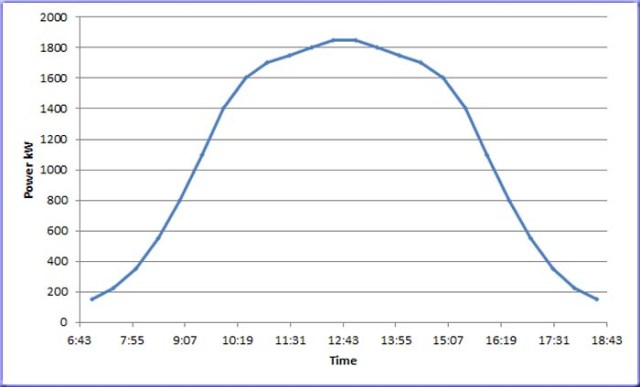
A 2.5kW solar system might look something like this. In this example the sun comes up at about 7am, peaks at around noon, and sets at about 6.30pm.
As you can see, your electricity generation only rises to about 1kW between 9.30am and 4.30pm. At 7am, or 6.30pm you might only generate 100w (or less). This might be enough to light a lamp, but no more. At 9am, you might be able to run your TV, or perhaps your your washing machine, but running an electric kettle will draw energy from the grid.
But… The above is an ideal generation, with sun lighting your panels all day long.
Unfortunately this is not what many homes are faced with!!!
If your panels only have sun on them between say 11am and 3pm (as my last house did), the graph would show a significantly steeper curve, with less energy generated over a given time. In this instance your electricity generation could look like the following curve.
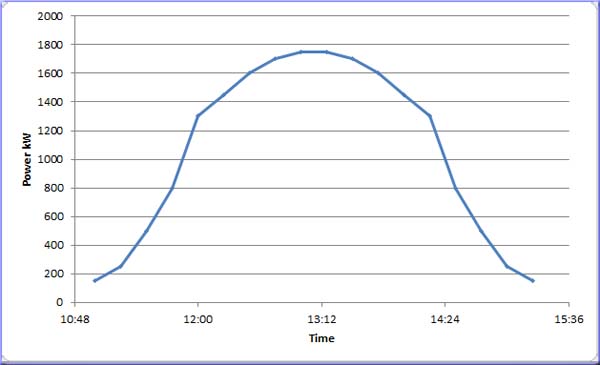
In this example you can see that your electricity generation only rises to about 1kW between about noon and 2.30pm. This would give you 2 and a half hours of generation to run appliances like washing machines and driers or stoves. Beyond that your energy drops quite quickly.
This is exactly why you need to understand how your solar system works on your roof. Understanding your system allows you to determine when your peak generation occurs, and when your system starts generating anything that is usable for your requirements.
Peak energy generation from solar cells
Now that we understand a little bit about how solar panels might generate energy on your roof, we need to learn how our own system is working. As the graphs above only provides one possible example (and different to your roof), you need to check your own electricity generation to gauge when you should use certain appliances.
Most inverters, the box that converts the solar energy generated by your panels into 240V ac (the electricity your house uses), have a display on the front of it that indicates when you are generating energy, and what the power supplied is. Internationally the voltage varies depending on the country you are in.
As an example of a modern inverter is the one shown below by SMA. The picture shows the display on their Sunny Boy inverters. On the display in this photo you can see that the solar panels are generating 1250 W of power, 368 V dc is coming from the solar cells, and is converted to 236 V ac to match the grid. It also shows the days and total generation for the period – which at this stage we aren’t interested in.
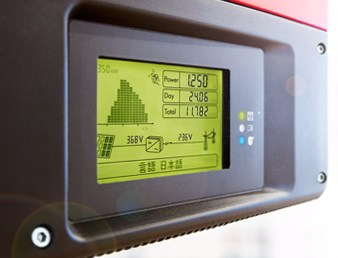
Other more basic inverters, may just have a simple digital display that indicates Voltage, Current and Power generated – but this is enough for you to determine when your solar system starts to generate usable electricity.
Other units, such as that which Enphase Inverters currently use is the Envoy system. This incorporates software and uses apps on smart devices – phones, tablets and computers – to monitor generation and usage. It also allows you to show historical information.

By monitoring your system’s inverter, you should be able to draw a rough graph like the one above, to get a general idea as to when your system is generating most of its power.
Please note however, that if a cloud passes over your panels, there is debri on them, or when one or more of your panels have shade on them, your output will drop – possibly considerably.
Now that we understand a little bit about solar panel output, we need to have a look at electricity usage. It is all well and good to know that you are generating 1.8 kW of electricity, but if you don’t understand how each appliance uses power, you won’t be able to determine how to use that effectively to reduce your electricity bills.
A little bit about electricity consumption
If you have solar panels, the best way to reduce your energy consumption, is to use all of the energy you generate from your solar panels.
If you don’t have solar panels, the only way you can reduce your electricity bills is to fully understand the amount of electricity that each appliance uses, monitor their use or use them differently.
All appliances have a power rating on their compliance label. This indicates the maximum amount of energy your appliance could use.
Some common examples might be as follows: (these are examples only – yours will be different so you will need to check them)
| Item |
Average Wattage |
One hours usage |
Electric Kettle
(similar to a large room heater) |
2400 W – (2.4 kW) |
2.4 kWh |
Electric Iron
(similar to a medium room heater) |
1500 W – (1.5 kW) |
1.5 kWh |
| Television |
450 W – (0.45 kW) |
0.45 kWh |
| Television in standby |
15 W – (0.015 kW) |
0.015 kWh |
| Desktop computer not running, but left plugged in to a switched on powerpoint |
30 W – (0.03 kW) |
0.03 kWh |
| Lamp |
50 W – (0.05 kW) |
0.05 kWh |
As per the table above, if you use your kettle for one hour, you will use 2.4kWh of electricity. If you use your iron (ignoring the fact that the thermostat cuts the heating element in and out), you would use 1.5kWh of electricity. etc…
The chart below indicates the maximum you might pay, should your usage tariff be at $0.35 per kWh. I note that the rates have just increased by 16% or more in most states of NSW. If you are on a time of use tariff, you might even be paying $0.55 per kWh during peak times.
| Item |
Wattage  |
Cost of use for
one hour
@ $0.35/kWh |
Cost of use for one year |
1 x Kettle
(similar to a large room heater)
|
2400 W |
$0.840 |
$152
2 hours per day for 3 months
(i.e. winter) |
1 x Iron
(similar to a large room heater)
|
1500 W |
$0.525 |
$93
2 hours per day for 3 months
(i.e. winter) |
| 1 x Television |
450 W |
$0.158 |
$230
4 hours every day |
| 1 x Television in standby |
15 W |
$0.005 |
$46.00
1 full year in standby |
| 1 x Desktop computer left plugged in to the powerpoint |
30 W |
$0.011 |
$92.00
1 full year in standby |
| 1 x Lamp |
50 W |
$0.018 |
$25
4 hours per day every day |
| 10 x Lamps |
500 W |
$0.18 |
$250
4 hours per day every day |
Note the cost of leaving a television in standby. Standby means that the television (or DVD player, VCR, Computer, Microwave etc…) is turned off, but still plugged in to a switched on power point. The power consumption might only be 15W (yours could be more or less) and cost half of one cent, but over the course of a year, the cost adds up to around $46 per year. In another example above, a desktop computer left plugged in to the power point, could cost you $92 per year.
While one 50 W lamp left on for 4 hours per day might only cost your $25 per year, 10 lamps turned on for 4 hours per day will cost you $250 per year.
As shown above with the computer and television examples, every single electronic device has a standby power consumption if the powerpoint is not turned off. The standby power can often be found in user manuals – the manufacturers values are somewhat understated though! Double their values for a more accurate picture of your costs.
Consider this if you have two desktop computers, a microwave oven, a DVD recorder, and two televisions. Your wasted electricity could be as high as $300 per year for those devices to sit in standby. A ridiculous waste of money (and greenhouse gasses).
By using these simple examples, you should now see where your electricity costs could be reduced if you become wise with your electricity usage.
So…
Switch off your devices at the powerpoint when you are finished with them, or buy a remote switch if you can’t reach the powerpoint. I personally use several “Eco Switch” Switches (but there are others) for use with my appliances such as television and computers. They save me $300 per year.
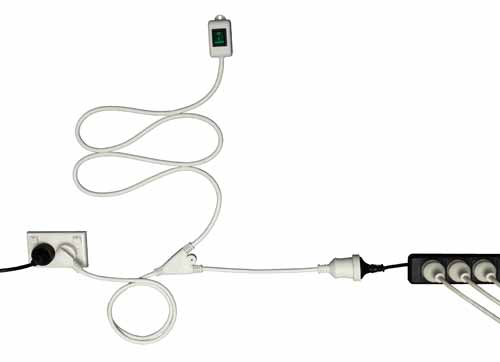
Another area you might consider are things such as boiling water in a kettle. While the example of running a kettle for one hour might seem ludicrous (it isn’t if you are using an electric heater to heat a room), if you boil water for 5 cups of tea (that might take about 10 minutes in winter to boil) it will still cost you $0.15. If you only need water for 1 cup (which might only take 2 mins to boil), you are paying 10 cents more than you should for 1 cup of water. If you do this 10 times per day, you are paying $1 per day boiling water you don’t use – that is $365 per year in wasted money – let alone massive amounts of greenhouse gasses. So, only boil water for one cup if you are making one cup of tea.
If you are reading in one room but walk out of it for one hour leaving the lights on, you will waste nearly $0.02. This might not seem like much, but if you do this 3 times per day every day, you waste $20 per year. So, turn your lights off as you walk out of the room.
By using these simple relatively accurate examples, you can start to see where some of your electricity costs could be coming from, and where you might be wasting money.
Using your solar panels effectively
We have now looked at solar power output, and we have looked at energy usage. So how do we use our solar panels more effectively to reduce our electricity bills?
Let’s look at the kettle as an example.
If you turn on a kettle that is rated at 2.4kW (2400W), you need to be generating 2.4kW of power from your solar panels. This way you don’t import energy from the grid and pay for the privilege.
If you are only generating 1kW of power from your solar panels and you turn on your kettle, you will be using 1.4kW from the grid, and 1kW from your panel.
| Kettle power use: |
2.4kW (used for 5 minutes) |
| Solar panel generation at time of kettle use: |
1kW |
| Grid import: |
2.4kW – 1kW = 1.4kW |
cost of 1.4kW imported from the grid for
5 minutes @ $0.35 |
= $0.041 |
| current feed-in tariff for example |
$0.06 / 1 kWh |
| How long would it take to export enough solar power to recover the cost of the imported power to boil the kettle – @ $0.06 per kWh feed-in tariff: |
| 40 minutes at 1kW generation |
or 1 hour @ 666W |
However…
If you were to use your kettle during a period when your solar panels are generating a higher power output, say 1.8kw, your generation/usage costs might look like:
| Kettle power use: |
2.4kW (used for 5 minutes) |
| Solar panel generation at time of kettle use: |
1.8kW |
| Grid import: |
2.4kW – 1.8kW = 0.6kW |
| 0.6kW imported from the grid for 5 minutes @$0.35 |
= $0.0175 |
| current feed-in tariff |
$0.06 / 1 kWh |
| How long would it take to export enough solar power to recover the cost of the imported power @ $0.06 per kWh feed-in tariff: |
| 18 minutes at 1kW generation |
or 1 hour @ 300W |
As you can see with this basic example, the time of day when you boil the kettle (heat the room, wash the clothes, cook the dinner) makes a big difference to the cost of your electricity bill. In other words, when you use your appliances (when you have solar panels) affects the overall cost on your power bill.
This is still relevant if you don’t have solar panels because you know how much each appliance cost you. However it is more important if you have “Time of Use” metering, where you pay more during certain times of the day – peak times.
To expand on this…
As another example, if your solar panels are generating more than 1kW between 9am and 3pm and you use a 1kw appliance throughout that period, your net electricity import would effectively be zero.
If you are generating more than 1kW and only using 1kW, you could actually be exporting electricity and earning money (though not much), and paying nothing for the use of your appliance.
This is how you save money on your power bills.
So going back to the beginning and the curves that I presented….
The time you generate your electricity should determine when you use your most power hungry appliances. If you are only generating 100W of power from your solar panels, when you use a 2400W appliance it will cost you a lot of money!
But…
If you are generating 2400W of power from your solar panels, and you turn on a 2400W appliance, it will cost you nothing.
So…
Now that we have a very tiny feed-in tariff how do we reduce our electricity costs?
Reducing our electricity costs
- We need to use the power that our solar panels generate !
- We need to turn on appliances that use high amounts of electricity during periods that our solar panels generate the most electricity.
- We need to limit power consumption during times our solar panels are generating low amounts of electricity – or understand that it will cost us for importing power from the grid!
For those of us without solar panels:
- We turn off lights when we walk out of the room,
- We boil one cup of water for one cup of tea,
- We turn off appliances at the power point (where possible) to reduce standby power consumption.
If you have “Time of Use” metering:
- We use our power hungry appliances during off peak time. (usually between 10pm and 7am)
- We turn off lights when we walk out of the room,
- We boil one cup of water for one cup of tea,
- We turn off appliances at the power point (where possible) to reduce standby power consumption.
- We limit power consumption during peak times. (usually between 2pm and 10pm)
Now back to Alan Cuthbertson’s article about solar panels
I have subscribed to Alan’s newsletters for only a few months; Alan provides tips for energy efficiency. In his latest newsletter article he presents information on payback times for solar panels. Rather that try to summarise his informative article on solar panels, I have included this extract for you to read directly. (A big thank you to Alan for allowing me to use his article.)
Alan writes:
A great time to buy solar panels [May 2017 newsletter]
The most cost effective way to take a significant action on Climate Change is to install solar panels.
12 months ago panels cost around $1,200 for 1 kw of pan¬els and they generated 1300 kwh per year.
If you used all of the power, saving 30 cents a kwh, it took 3 years to pay them off. However, if you used none of the power, exporting it all to the grid you got paid 6 cents a kwh and it took 15 Years to pay it off. The red graph shows how long it takes to pay it off, depending on how much power you used.
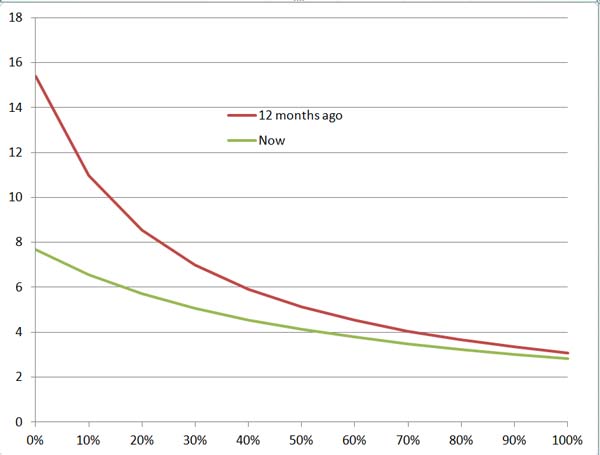
Now panels have dropped to around $1,100 and as of July 1st, Victorian feed in tariffs increase to 11 cents. If you use all the power, the payback time has dropped marginally to 2.8 years, but the real change is if you export all of your power. Payback is under 8 years. Most people use around 30% of the power, giving a payback of 5 years. Better than most other investments.
So, get out there and buy panels!
Perversely, this increased feed in tariff is a disincentive to buy batteries! When you could charge them with power that was worth 6 cents, the economics was almost there. Now, if you are using power worth 11 cents, batteries are much harder to justify.
Thank you to Alan for allowing me to use an extract of his newsletter to show you how by using your solar panels effectively you can reduce the time it takes to pay them off.
Alan is far more knowledgeable in the area of energy efficiency than I; my expertise predominantly lies in electricity.
A battery brief
While I haven’t spoken about batteries (this short article became long – as usual), the current state of battery development is such that batteries are currently not cost effective. Batteries currently have a very high initial cost and a very limited life span.
Due to this, it is far more cost effective to use your solar panels more efficiently, and import the small amount of electricity you need from the grid. As the price of batteries become lower, and the cost of electricity increases, battery storage will become more cost effective and more feasible.
Batteries currently cost around $10,000, but they also have around a 10 year life span. That means that you need to make a saving of $1000 per year, just to cover the initial cost of your batteries – and you need to do this within their 10 year lifespan.
But…
On top of this $1000 per year saving for your batteries, you also need to make enough savings to pay back the cost of your panels. Therefore this doesn’t sound cost effective to me at present.
In my opinion, at this stage the cost of batteries is such that it is currently cheaper to use your appliances efficiently, during the peak generation period of your solar panels.
Once the cost of batteries decreases, purchasing in using batteries will become more cost effective.
Another but…
If however you can’t connect to the grid – i.e. you are in a remote location – batteries will be an essential component of your system.
I hope that this article helps you to understand how the use of appliances increases your electricity bills (or decreases them). I also hope that my basic description of solar panels helps you to understand how they work, and how you can use them for your benefit to reduce your electricity costs.
As Alan has said in his newsleter – now is “A great time to buy solar panels!”
But you just have to know how to use them efficiently to get the most out of them!
Bye for now,
Greg.
#ElectricityPrices #AusElectricity #SustainableEnergy #SolarPower #EnergyEfficiency
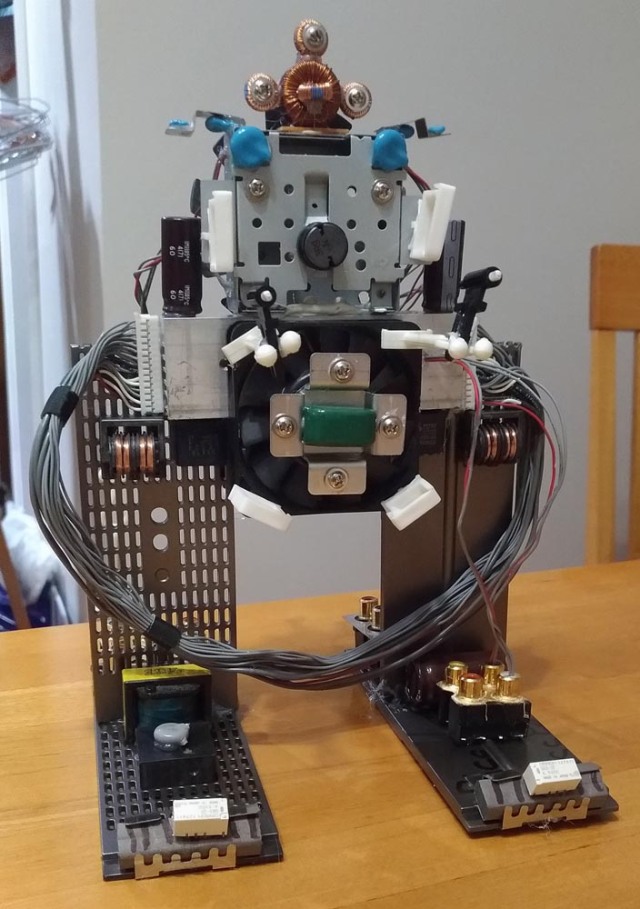
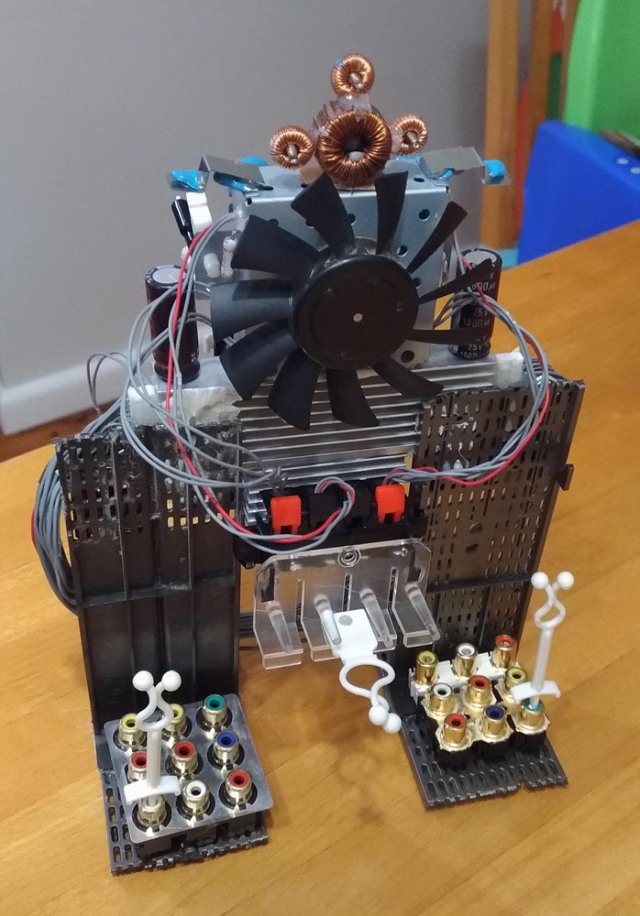 What is a “Junk Robot”, well a robot made from junk of course! This lovely little robot that my son has build, was made from scrap parts that were pulled out of a disposed TV Box.
What is a “Junk Robot”, well a robot made from junk of course! This lovely little robot that my son has build, was made from scrap parts that were pulled out of a disposed TV Box.






 This will be a multi-part blog where I will look at housing affordability in Sydney. The idea is to raise:
This will be a multi-part blog where I will look at housing affordability in Sydney. The idea is to raise: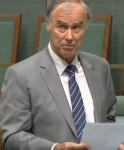 As a result of high house prices, the Government commissioned a team to review housing affordability in Australia. The commission was chaired by MP John Alexander.
As a result of high house prices, the Government commissioned a team to review housing affordability in Australia. The commission was chaired by MP John Alexander.



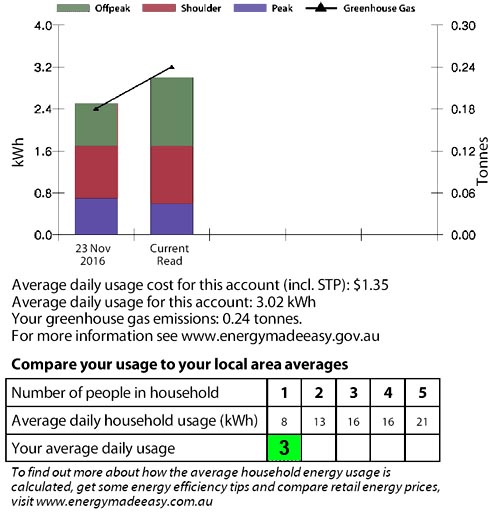
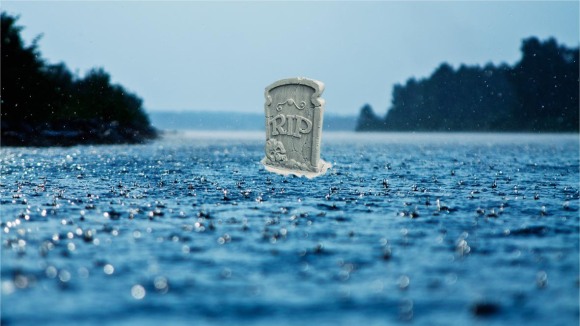





 A little while ago I wrote that we were planning to move:
A little while ago I wrote that we were planning to move:












 As you would know if you read this blog, I haven’t written anything much of late. While I have wanted to, there just hasn’t been any time.
As you would know if you read this blog, I haven’t written anything much of late. While I have wanted to, there just hasn’t been any time.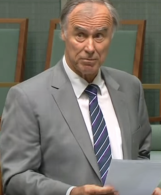



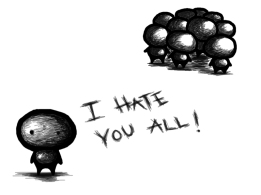 From:
From: 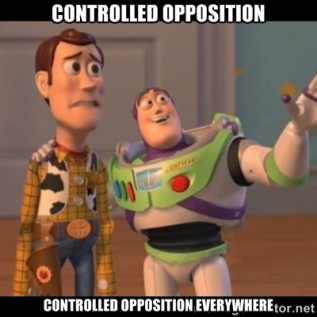 From:
From:  From:
From: 
